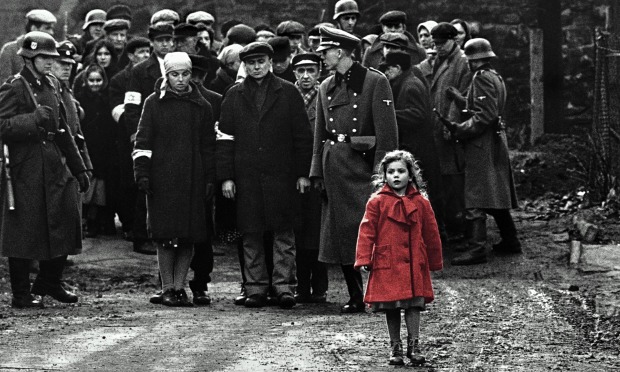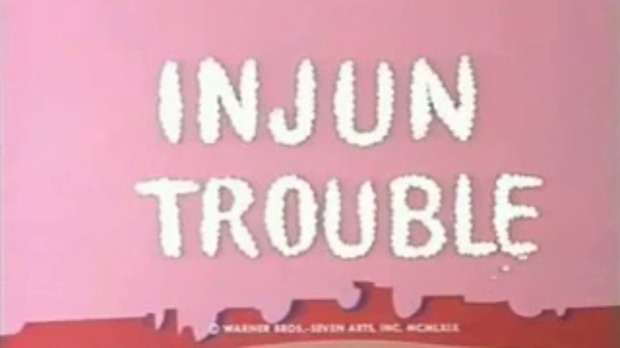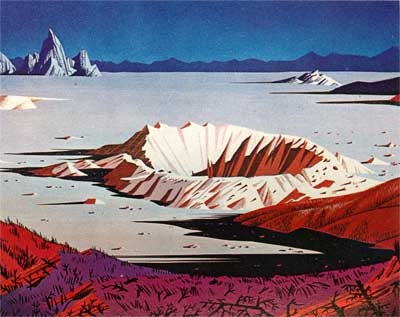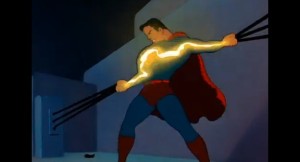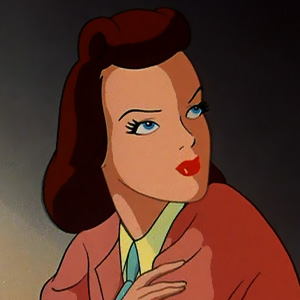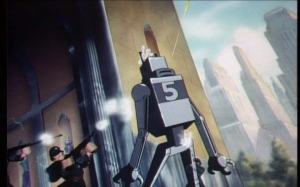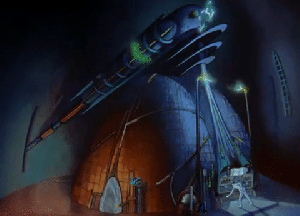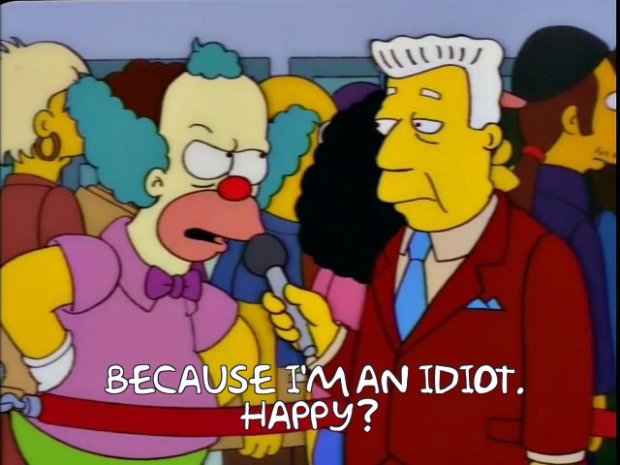Comebacks are tricky things to pull off, and tend to fail more often than they succeed. For every Elvis there’s a dozen Lil’ Kims. It takes a mixture of luck, talent and, most importantly, perseverance. The character of Mickey Mouse has been pretty vaguely defined over the years, but one thing that does stay constant about him is that he never gives up, which is appropriate for a guy who’s been trying to make a comeback for eighty years.
See, Mickey Mouse was, at one point, no question, the most popular cartoon character in the world. A beloved American icon. And that period lasted from his debut in 1928 aaaaaaaaaall the way to…1935. When he lost the top spot to a tattooed stroke victim.

“Huuuuuuukukukukukukah!”
Mickey was a perfect salesman for early talky cartoons, but his generic everyman persona was quickly outshone by more distinct, dynamic characters like Popeye, Bugs Bunny, Daffy Duck and even his fellow Disney stablemates Donald Duck and Goofy and he never regained the kind of adoration he’d had in the years after Steamboat Willie.
The uncomfortable fact is this: Mickey Mouse is pretty difficult to like. Aside from an…interesting…vocal performance by Walt Disney who decided long ago that his flagship character should sound like a castrato in agony, his ubiquity on every piece of over-priced tat the Disney corporation has tried to sell over the last nine decades has made him more mascot than character, with more in common with Ronald MacDonald and the Nesquik Bunny than his fellow cartoon stars.

You sold out, man.
This left Disney with a conundrum. They were a company famous for creating beloved cartoon characters, whose mascot was a cartoon character beloved by virtually no one. And so, over the decades, Disney tried to relaunch Mickey not just as a brand but as a character. And they tried it again…

And again…

And again…

And again…

And again…

And again…

And again…

And again…
And while some of these attempts were definitely worthwhile in their own right, no one’s going to claim that Mickey Mouse is what makes Fantasia an all-time classic.

This guy. This guy is what makes Fantasia a classic.
It seemed that Mickey was simply a character that could not be salvaged and made interesting*, and the Disney corporation’s insistence on trying to make him happen was starting to get downright sad. To put it in perspective, imagine if Warner Brothers, instead of embracing Bugs Bunny as their mascot, was still trying to make America fall in love with Bosko the Talk-Ink Kid.

“Too racist!”- 1930’s America.
But then, in 2013, Disney unveiled a new series of Mickey Mouse Shorts directed by a coterie of modern animation stars including veterans of shows such as Dexter’s Laboratory, Sym-Bionic Titan and Powerpuff Girls.
And stick cheese in my cheeks and call me a gerbil, but they actually did it. They found a way to make Mickey Mouse work in a modern cartoon. These cartoons are awesome, almost definitely the best use that’s ever been made of the character outside of some classic Golden Age shorts and honestly? I’m not even sure if that’s not just nostalgia talking. What makes them so good? Well, if I might get a little technical here, they’re really good because they’re really good. By which I mean the animation is fluid and engaging, the backdrops are gorgeously designed, the voicework is top-notch, the music is beautiful and expertly integrated into the action and they’re crammed with great jokes both visual and verbal executed with crack timing. They’re also crammed with shout-outs to Disney fans, which, with all manner of obscure character showing up for a cameo. I knew this series was for me when Mickey and Minnie went to a dance with the kids from the “All the Cats Join In” sequence from Make Mine Music. I mean, that is a deep cut.
It’s fascinating to compare and contrast the new Mickey Mouse shorts with the older classic shorts to see how they’re different and also how they’re similar. Because they are different, no question. They have a very modern sense of humour despite being set in a classic Golden Age cartoon world where everything from the animals, to the sun, to the buildings is a sentient, talking being. And they’re…I don’t want to say “dark and edgy” because that conjures up some kind of twisted Frank Millar-esque nightmare whereas these shorts are glorious, sunny little things fit for all ages. But they are darker than the original cartoons, and certainly more willing to actually see Mickey Mouse suffer for comedic effect. The characters are also more flawed. Goofy is a bit more of a jerk, Donald is much more of a jerk. But the real revelation is how the cartoons treat the character of Mickey Mouse. And the remarkable thing is, Mickey hasn’t really changed at all. He’s still the same perpetually happy, squeaky clean, goody-two shoes that he’s always been. The key difference here, is that now that’s the joke. The cartoons take Mickey’s essential lameness and find ways to mine rich humour from it. Take for example, today’s short: “Adorable Couple”.
(more…)























